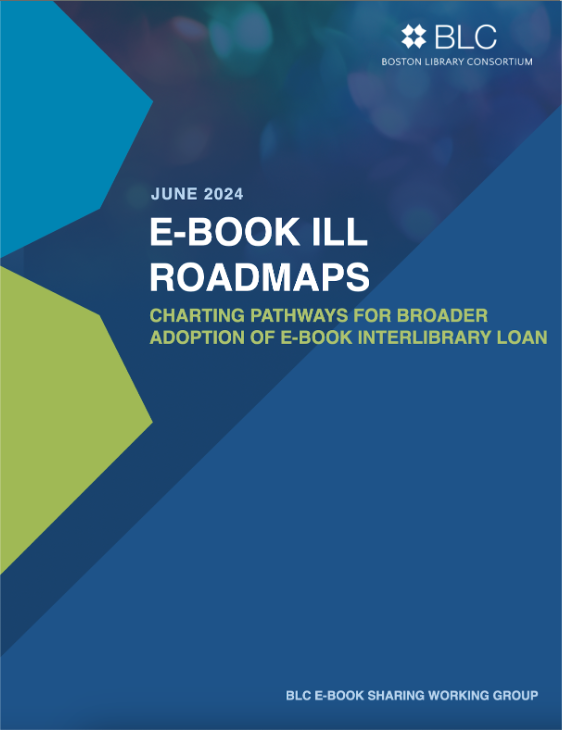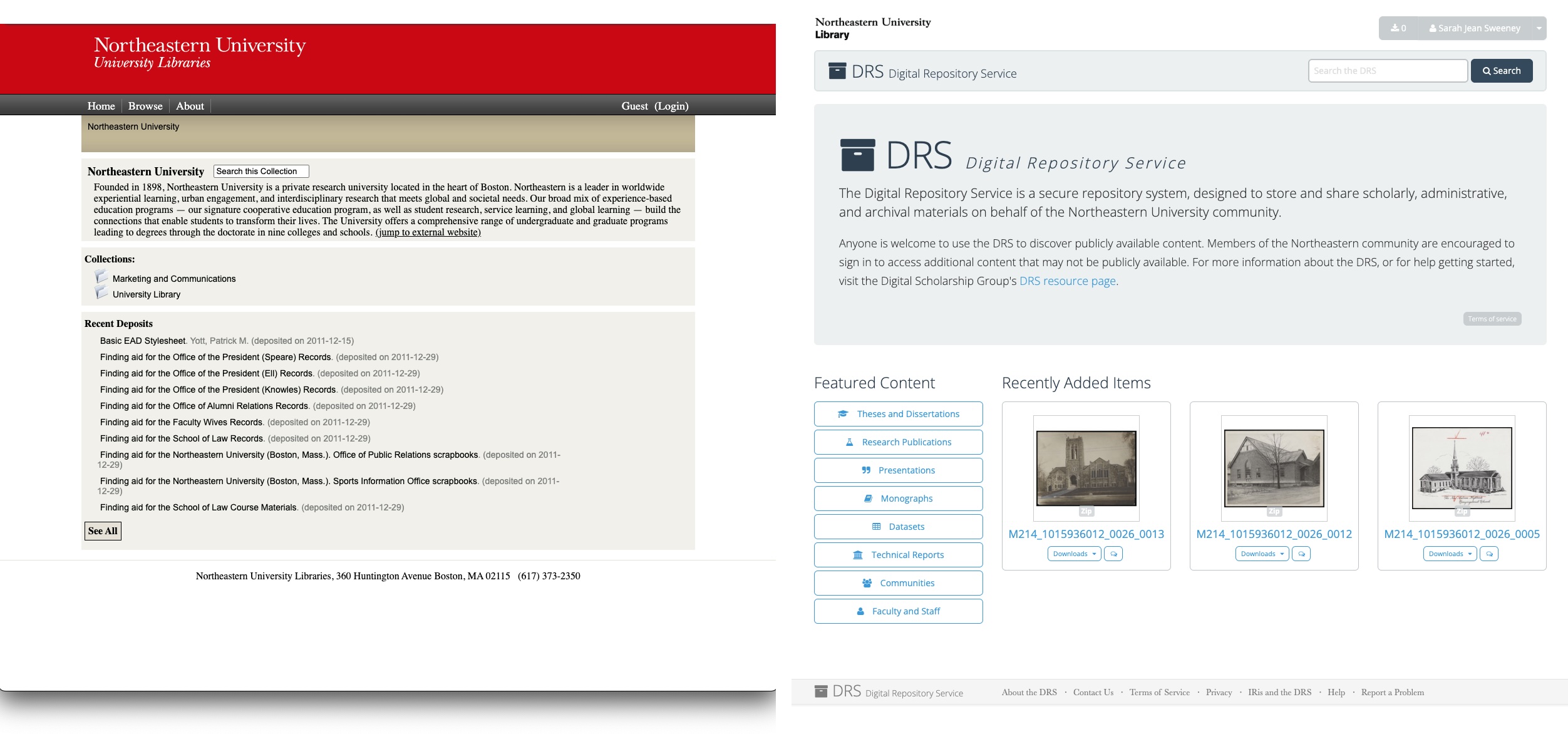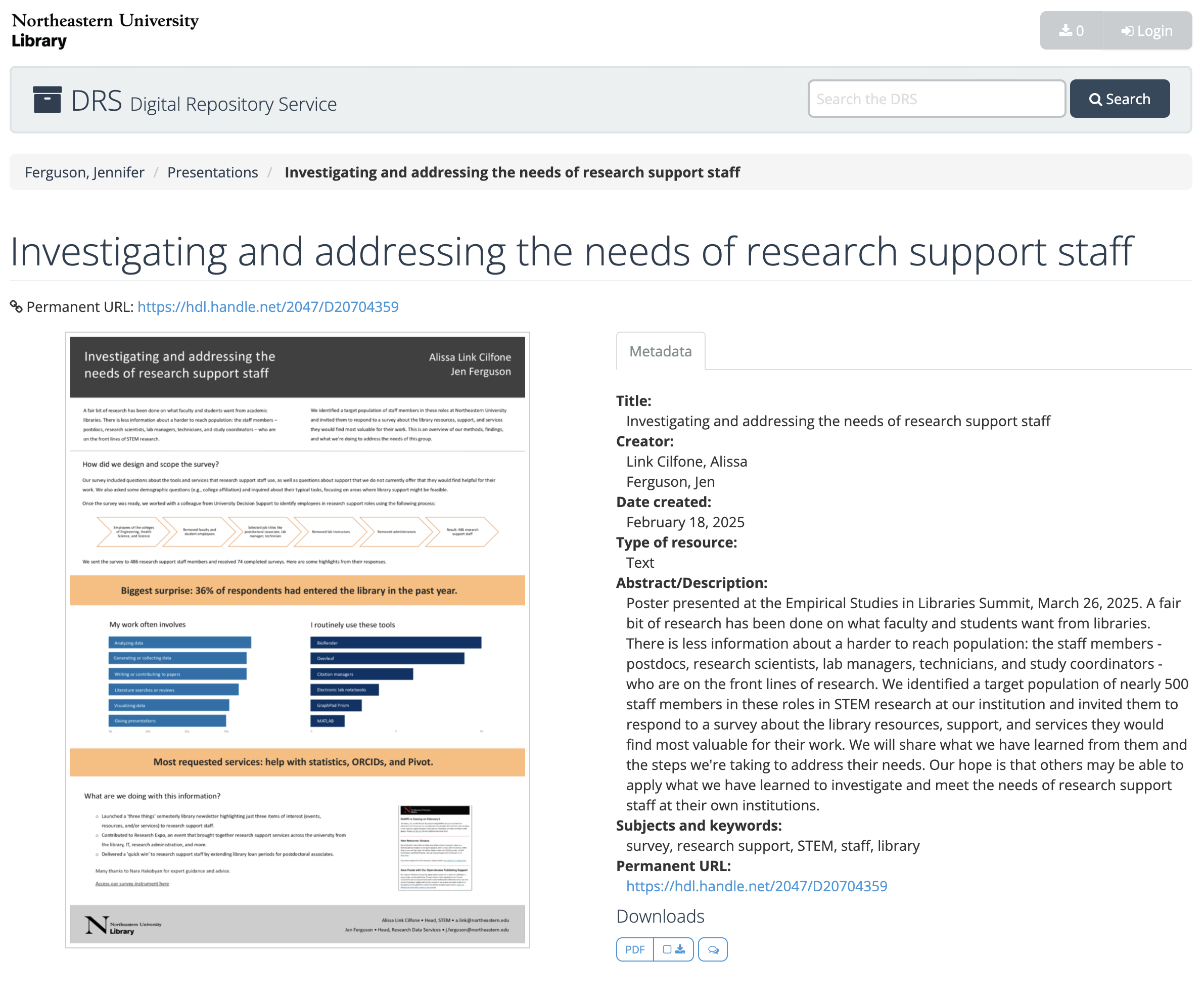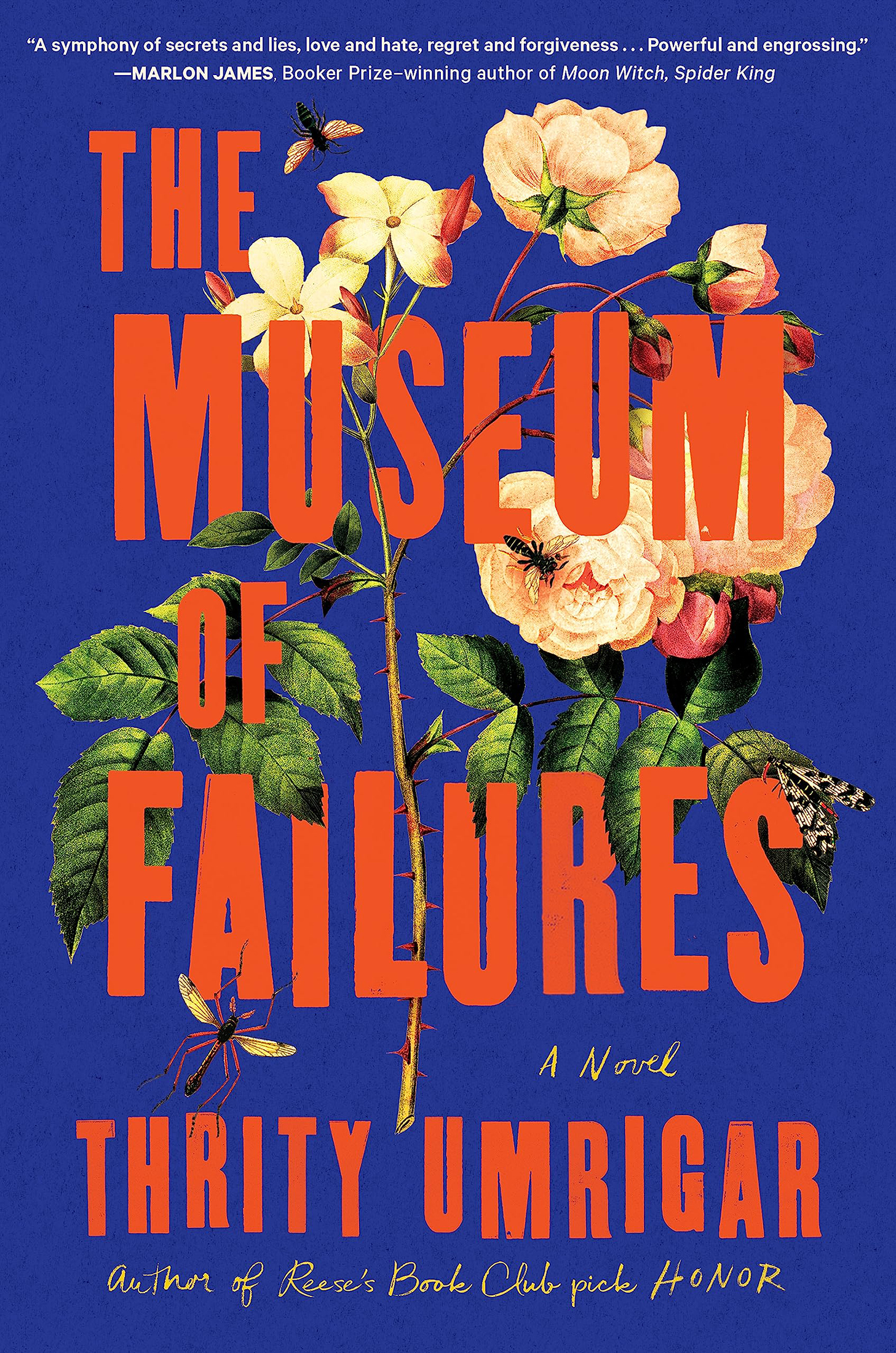Happy May! Spring has sprung in Boston, and students are gearing up to leave campus for the summer. Congratulations to the Class of 2025 as they celebrate commencement, and congratulations to everyone who participated in the April Reading Challenge! Our winner this month is Kayla Bolling, who takes home a custom Northeastern University Library poster.
To be eligible for the prize drawing, make sure to read a book that fits the month’s theme and then tell us about it. In April, we asked you to read a book recommended by a librarian. Here are some of the librarian-approved titles readers enjoyed this month! (Comments may have been edited for length or clarity.)
What You Read in April
Before the Coffee Gets Cold, Toshikazu Kawaguchi
Read the e-book
“This was recommended to me by a librarian at Seattle Public Library in the ‘healing fiction’ category, a genre that first emerged in Korea and Japan. It’s set in a tiny Tokyo café where people sit in a chair that can travel back in time, but only for the time it takes for a cup of coffee to turn cold. This book is a deeply immersive journey into the desire to hold on to the past.” — Jyoti
Parable of the Sower, Octavia E. Butler
Find it at Snell Library | Find it at F.W. Olin Library | Read the e-book | Listen to the audiobook
“Really interesting and topical. It’s amazing how much prescience Butler had. Lauren’s religion of Earthseed has a lot of great values I think people should internalize nowadays. Essential read in a lot of ways, particularly in a climate-challenged world.” — Nobel
Legendborn, Tracy Deonn
Find it at Snell Library | Find it at F.W. Olin Library
“I was blown away by how this book handles complex topics like America’s history with slavery, intergenerational trauma, and the erasure of Black people’s stories all while exploring its supernatural elements. I recommend this book to anyone who loves modern takes on old legends. I’m currently reading through the sequel, Bloodmarked, and I’m excited to finish the trilogy!” — Nina
Gwen & Art Are Not in Love, Lex Croucher
Find it at Snell Library | Listen to the audiobook
“Gwen & Art Are Not in Love by Lex Croucher is a charming tale that artfully combines queer romance, the warmth of found family, political intrigue, and a healthy dose of humor. Overall, Gwen & Art Are Not in Love is about accepting yourself, fighting for happiness, and discovering that real love is worth pursuing. I recommend it to anyone who enjoys medieval settings, found family stories, or queer romance. And last but not least, anyone who believes that self-love is truly worth it will find this book rewarding.” — Ankita
Suggested Reads for April
In honor of those readers who may be heading home for the summer break, your May challenge is to read a book about your hometown or local area. This can be your actual hometown, an adopted hometown, or wherever you’re spending your summer!
We’ve put together a selection of titles in Libby focused on some of the (many!) geographic regions represented at Northeastern. You can also stop by the Snell Library lobby from 1 – 3 p.m. on May 14 and May 15 to browse print books and pick up Reading Challenge swag.
If you’re from the Boston area…
Rough Sleepers, Tracy Kidder
Find it at Snell Library | Read the e-book | Listen to the audiobook
Harvard Medical School graduate and Massachusetts General Hospital resident Jim O’Connell is asked to spend a year developing a program to provide free healthcare to homeless Bostonians. The work changes the course of Jim’s life.
If you’re from mainland China…
Wild Swans: Three Daughters of China, Jung Chang
Find it at F.W. Olin Library | Read the e-book
Jung Chang traces her life, her mother’s life, and her grandmother’s life in this true family epic spanning a century in China.
If you’re from New York City…
Mutual Interest, Olivia Wolfgang-Smith
Read the e-book | Listen to the audiobook
In the early 20th century, desperate to escape their stifling hometown and live as authentically as their time period allows, a lesbian and a gay man form a marriage of convenience. In New York City, Oscar and Vivian find love and success — but their secrets may not be as safe as they hope.
If you’re from Northern California…
Palo Alto: A History of California, Capitalism, and the World, Malcolm Harris
Find it at F.W. Olin Library | Read the e-book
Malcolm Harris dives into the history and mythology of Silicon Valley and the Bay Area, dating from the first white settlers to the outsize — and disastrous — grip of Silicon Valley and its corporate denizens on global industry, economy, and politics.
If you’re from Mumbai, India…
The Museum of Failures, Thrity Umrigar
Listen to the audiobook
Successful mid-30s executive Remy Wadia has returned to India, specifically Bombay, for the first time since he left to attend college in the United States. He’s there to adopt a baby, but he’s also reunited with the mother he’s resented for years, who is now gravely ill. Remy’s homecoming will dig up long-buried family secrets.
If you’re from New Hampshire…
Mad Honey, Jodi Picoult and Jennifer Finney Boylan
Read the e-book
Olivia thought she had escaped her small New Hampshire hometown forever, but a rift in her marriage sends her and her teenage son back to her childhood home. When a local teen, who was new to town, is found dead, and Olivia’s son Asher is the prime suspect, Olivia is forced to realize that she may not know her own child as well as she thought.
If you’re from Los Angeles…
Bad City: Peril and Power in the City of Angels, Paul Pringle
Listen to the audiobook
In 2016, Los Angeles Times reporter Paul Pringle receives a tip about a drug overdose at a posh hotel and expects it to be a quick investigation. Instead he uncovers a deep web of secrets, conspiracies, and cover-ups implicating not just the University of Southern California, but the newsroom of the Los Angeles Times itself.
Whatever you read, make sure to tell us about it to enter the May prize drawing. Good luck, and happy reading!























